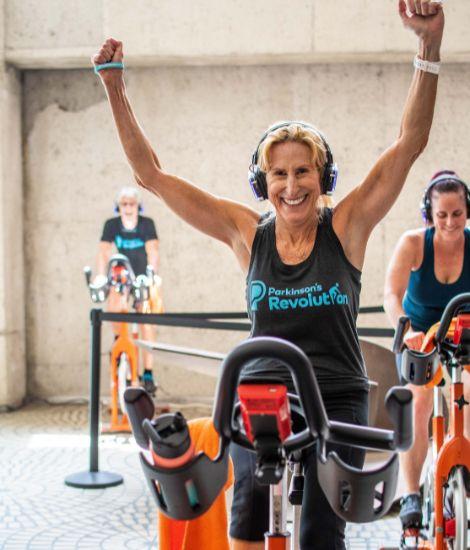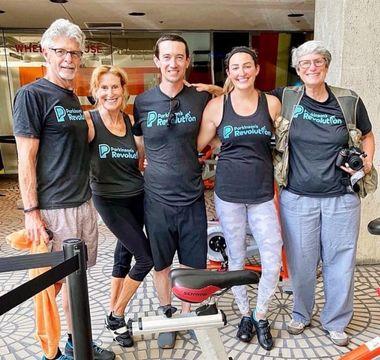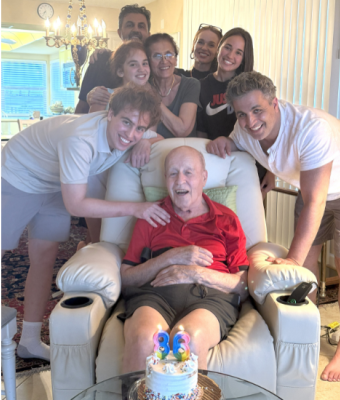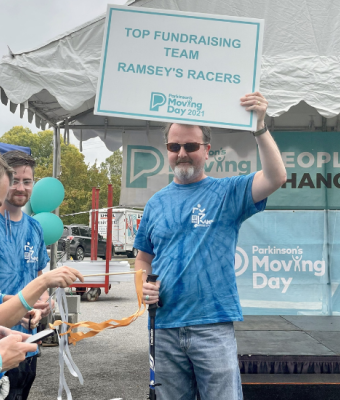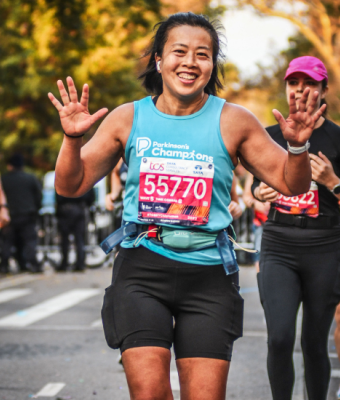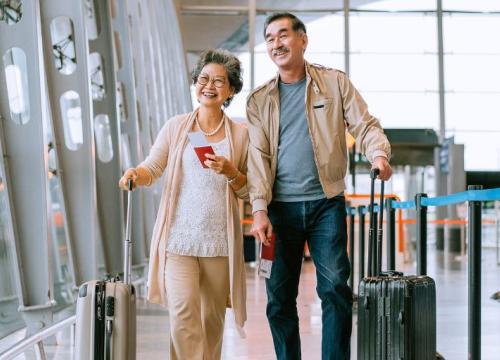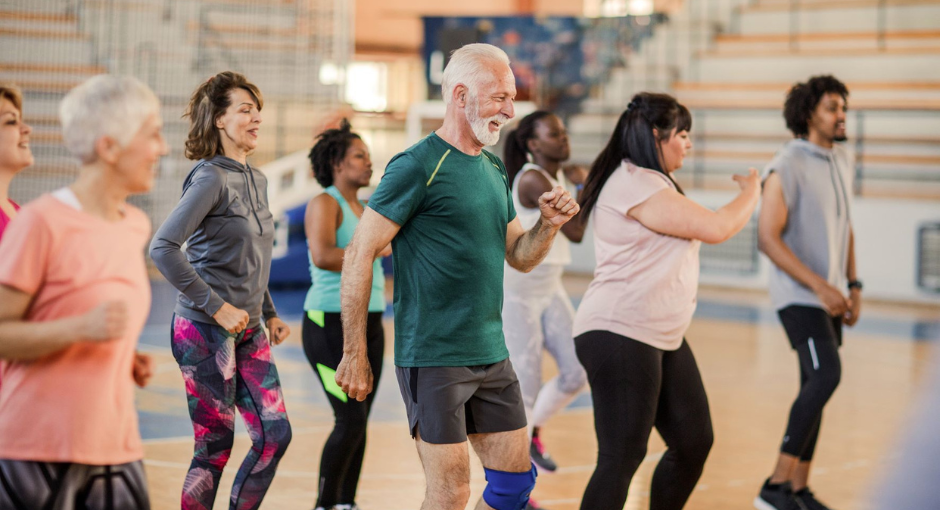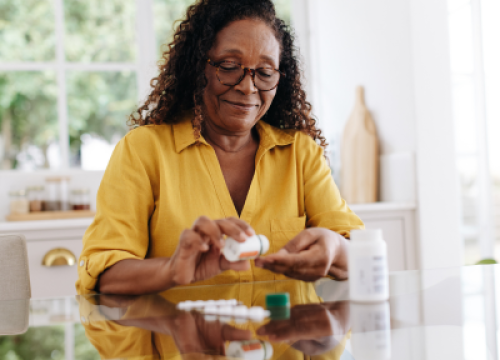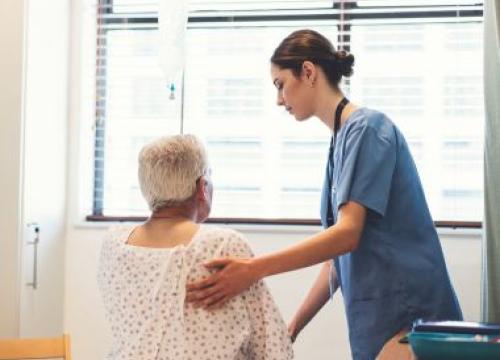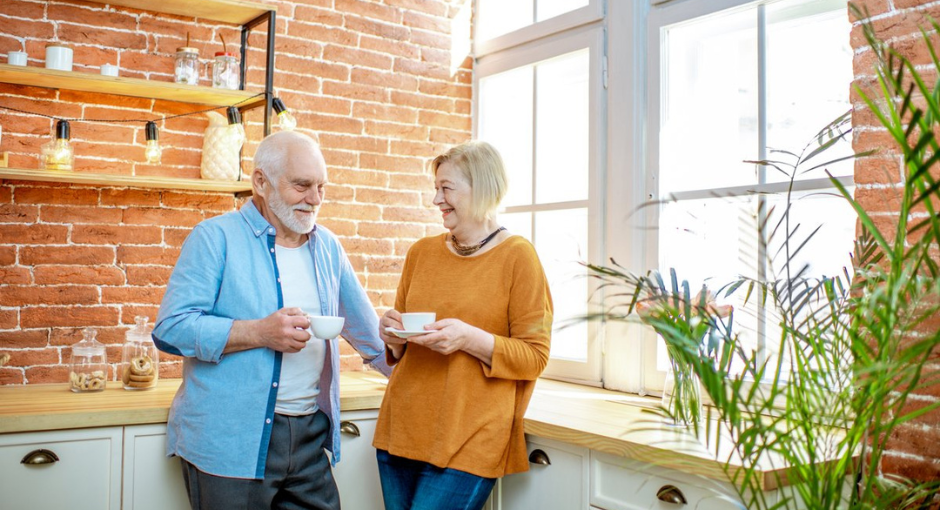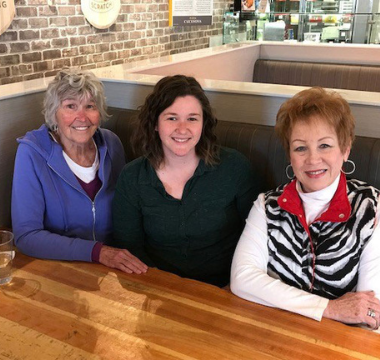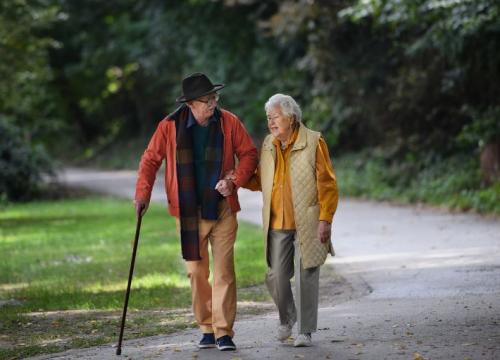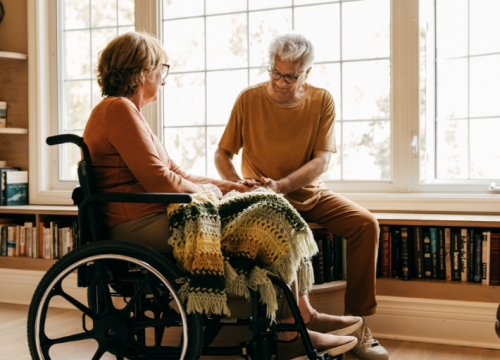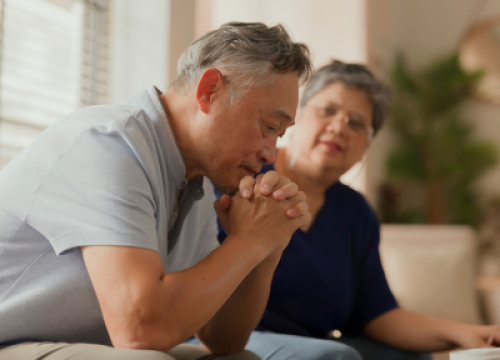Use It or Lose It: It’s Never Too Late to Get Moving in Parkinson’s
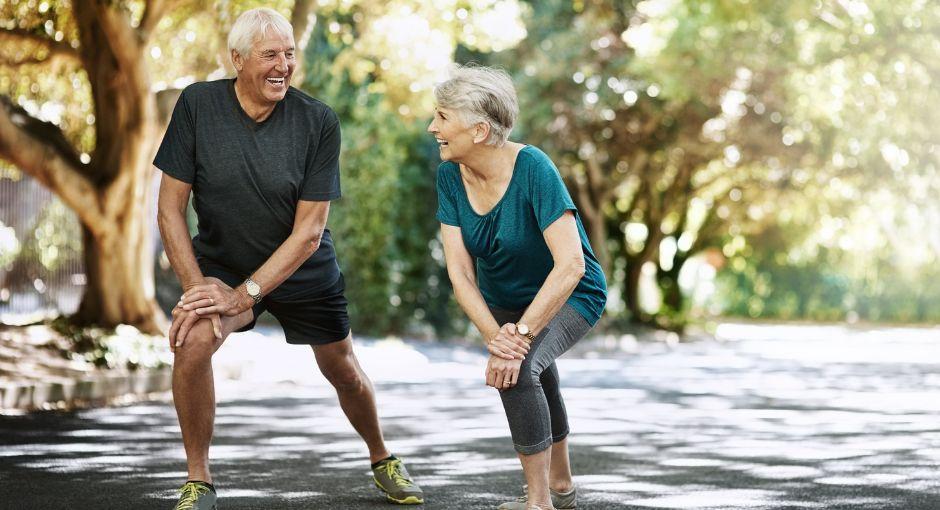
No matter where you are in your Parkinson’s disease (PD) journey, regular movement is good medicine. While studies show incorporating an exercise routine is essential to PD symptom management, knowing where to start — or how to safely start back up after a break — can be a challenge. Working with a physical therapist to build a tailored exercise plan and finding the right support can provide motivation to get moving.
This article is based on a Parkinson’s Foundation Expert Briefing Use it or Lose it: The Impact of Physical Activity in Parkinson’s presented by Miriam Rafferty, PT, DPT, PhD, Shirley Ryan AbilityLab Research Scientist from Northwestern University, a Parkinson’s Foundation Center of Excellence. Dr. Rafferty is also a Foundation Parkinson’s Outcomes Project steering committee member.
Broad Exercise Benefits
It’s no secret that exercise is good for all of us. For people with PD, exercise is a powerful component of well-being. The Parkinson's Outcome Project, the largest-ever study of people with PD, shows those who exercise at least 2.5 hours per week soon after diagnosis experience improved quality of life.
A structured, rigorous exercise program can ease PD movement symptoms. Task-specific workouts benefit walking, balance, strength, mobility and more. Exercise can boost quality of life and minimize non-movement symptoms such as mood changes, depression and anxiety. It can improve cognition, as well as heart and lung function, too.
Dangers of Deconditioning
While many of us have the best of intentions regarding exercise, life’s unpredictability can easily derail progress. Increased pain or fatigue during exercise, an injury, a fall or, in recent times, COVID-19-related closures are all valid reasons an exercise routine can be disrupted.
Frustratingly, periods of inactivity decrease our ability to be active. Lack of exercise leads to “deconditioning,” a challenging cycle in which fatigue grows, movement becomes increasingly difficult and strength and endurance decrease.
Just a few days of inactivity can make a normal exercise routine feel more demanding. Longer movement breaks can cause feelings of fatigue even during everyday activities, such as walking or grocery shopping. Extended hospitalization or bed rest can result in severe deconditioning, where completing even the most minimal activity without fatigue is difficult.
Though it’s important to try to arrest deconditioning early, it’s never too late to reap the benefits of more movement and get back on your exercise routine.
Small Leaps Lead to Success
Research shows jumping into, or back into, an exercise program can be overwhelming. People often embrace healthy changes gradually, in stages. In terms of exercise, this can range somewhere in between these four stages:
- Precontemplation stage: You have no intention of working out or are beginning to contemplate taking action.
- Contemplation stage: You are aware exercise is beneficial but have not made the leap from knowing to doing.
- Preparation stage: You started to exercise but are not doing it regularly. Or you are building up your exercise routine after a break.
- Active and avid exerciser stage: You work out regularly to maintain good health.
To move from thinking about exercise to actively engaging in fitness, you’ll need to address each of the challenges standing in your way. A successful commitment to long-term exercise requires motivation, support, direction and occasional adjustments to your program, based on your specific needs.
Enlist Supports
Once you have made the decision to prioritize exercise and well-being, creating a system of support can help you maintain your commitment. A physical therapist can help you ease into activity safely and help you maintain movement throughout the course of PD — creating a movement baseline, designing an exercise program tailored to your needs and addressing movement challenges as they happen.
Look to friends, family, your social support network or your care partner for motivation and collaboration. A workout partner can keep you engaged, accountable and safe. A convenient location can ease barriers to exercise. Good symptom control is also important. Work with your PD doctor to optimize your medications.
Digital health technology can also help. Smartphones or watches often offer fitness-tracking features such as a pedometer (step-counter) and heart rate monitor and allow users to download exercise applications and monitor exercise progress. Setting a timer can nudge you into remembering your regular workout.
Adjust as Needed
Parkinson’s is progressive, meaning symptoms and needs can change as the disease advances. It’s important to discuss strategies to improve coordination, strength, balance and other challenges that interfere with daily living with your healthcare team annually.
Together with the American College of Sports Medicine the Parkinson's Foundation created Parkinson’s disease-specific exercise recommendations, advising people with Parkinson's to strive to participate in 150 minutes of aerobic activity, strength training, balance activities, stretching and more weekly. A physical therapist can tailor these key elements into an exercise program suited to your current needs.
Most importantly, find an exercise you enjoy. It can help you make a long-term commitment to healthy living.
Learn More
Call the Parkinson's Foundation Helpline 1-800-4PD-INFO (1-800-473-4636) for referrals to health professionals and Parkinson’s-specific exercise classes near you.
Our PD Health @ Home Fitness Fridays workouts — a collection of Parkinson’s-tailored fitness videos — can help you get moving from the comfort of home.
Related Blog Posts

Parkinson's Medications 101


